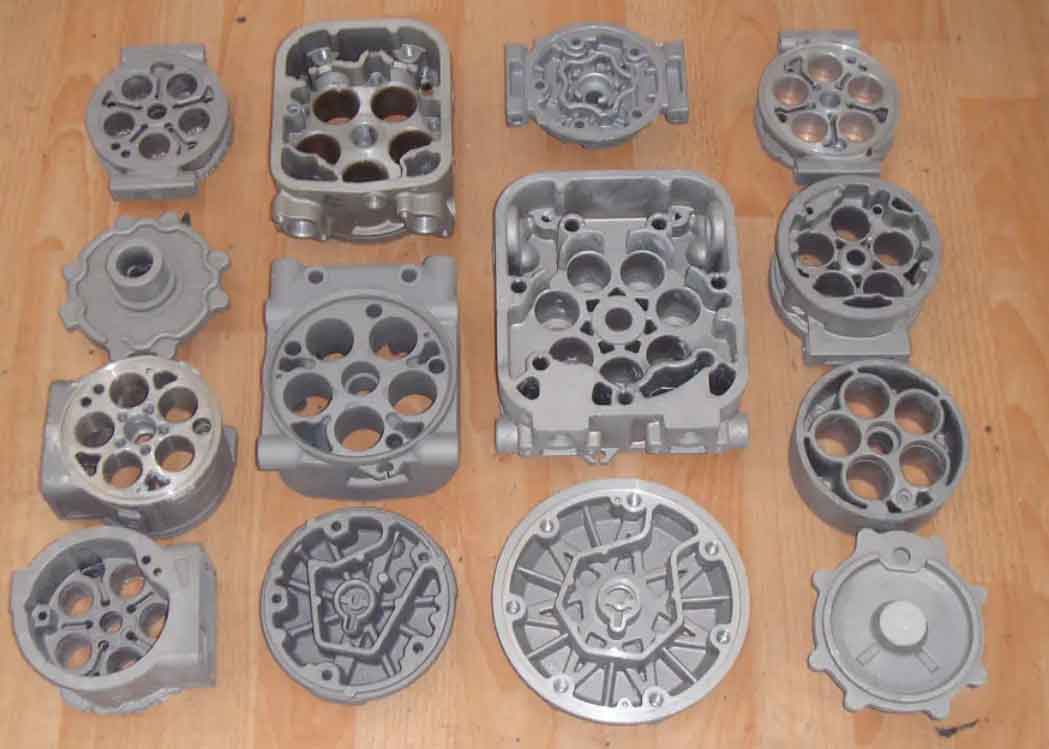Compared with the traditional squeeze casting die, the key problems to be solved in the composite squeeze casting die for large parts mainly include pre mold, increasing the effect of extrusion force and quantitative mold filling.

(1) Realization of pre closing function
Pre mold is the key step of composite squeeze casting process, which plays a decisive role in mold filling quality and whether the extrusion force is effectively applied. Because the compound squeeze casting requires the mold to have a certain clamping force in the pre mold state, and it needs to quickly establish the extrusion force on the molten liquid level after the metal molten liquid is filled, the pre mold mechanism of the mold must be able to quickly unlock, and the pre mold position can be accurately controlled.
(2) Increase the effect of extrusion force
In the process of composite squeeze casting of large parts, because the cross-sectional area of the parts is large, the forming pressure becomes very large. Even the existing large hydraulic press will face the problem of insufficient forming force. Some researchers increase the extrusion effect through the die structure of elastic support, but mainly for small parts, and use two or more springs to support the floating structure. When forming large parts, due to the spring stiffness error and the change of elastic coefficient at different temperatures, the elastic support force is uneven, because the extrusion force is difficult to be uniformly and stably applied to the entire metal surface, Therefore, how to improve the die structure and increase the forming pressure for the composite squeeze casting process of large castings is a problem to be solved in the die design.
(3) Quantitative mold filling
The homogeneity of different parts is also a key problem in the process of continuous production, which puts forward high requirements for the accuracy of quantitative mold filling in the composite squeeze casting of large parts. The melt conveying system designed in Chapter 3 has been able to achieve high-precision quantitative infusion. However, in order to ensure the complete mold filling and the full application of extrusion force in the process of conveying metal melt, the mold filling volume generally needs to be set to be slightly larger than the volume of the casting, which makes it difficult to ensure the quality uniformity of different castings. Therefore, this factor must be considered in the mold design, so that the corresponding structure of the mold can meet the requirements of quantitative filling.
